Animating dialogue-intensive Asian characters in Unreal Engine
One filmmaker with limited 3D experience shares how he created a fully animated short film using Character Creator and iClone
Peter Haynes is a filmmaker based in Auckland, New Zealand. Last year, he and his team were the recipients of an Epic Games film‐making grant, which gave them the budget to create a fully animated short film called Cheng Beng, featuring a captivating story with set dressing and characters infused with classic Chinese culture.
There are a couple of unique aspects in the making of this film. Firstly, despite his ample experience in live action filmmaking, Haynes had limited experience in the realm of 3D animation. Secondly, the film had a tight deadline imposed by the small budget provided by the fund, necessitating quick turnaround times for the shots. Below, he shares how he used Character Creator and iClone to create his short film.
Why choose Reallusion tools?
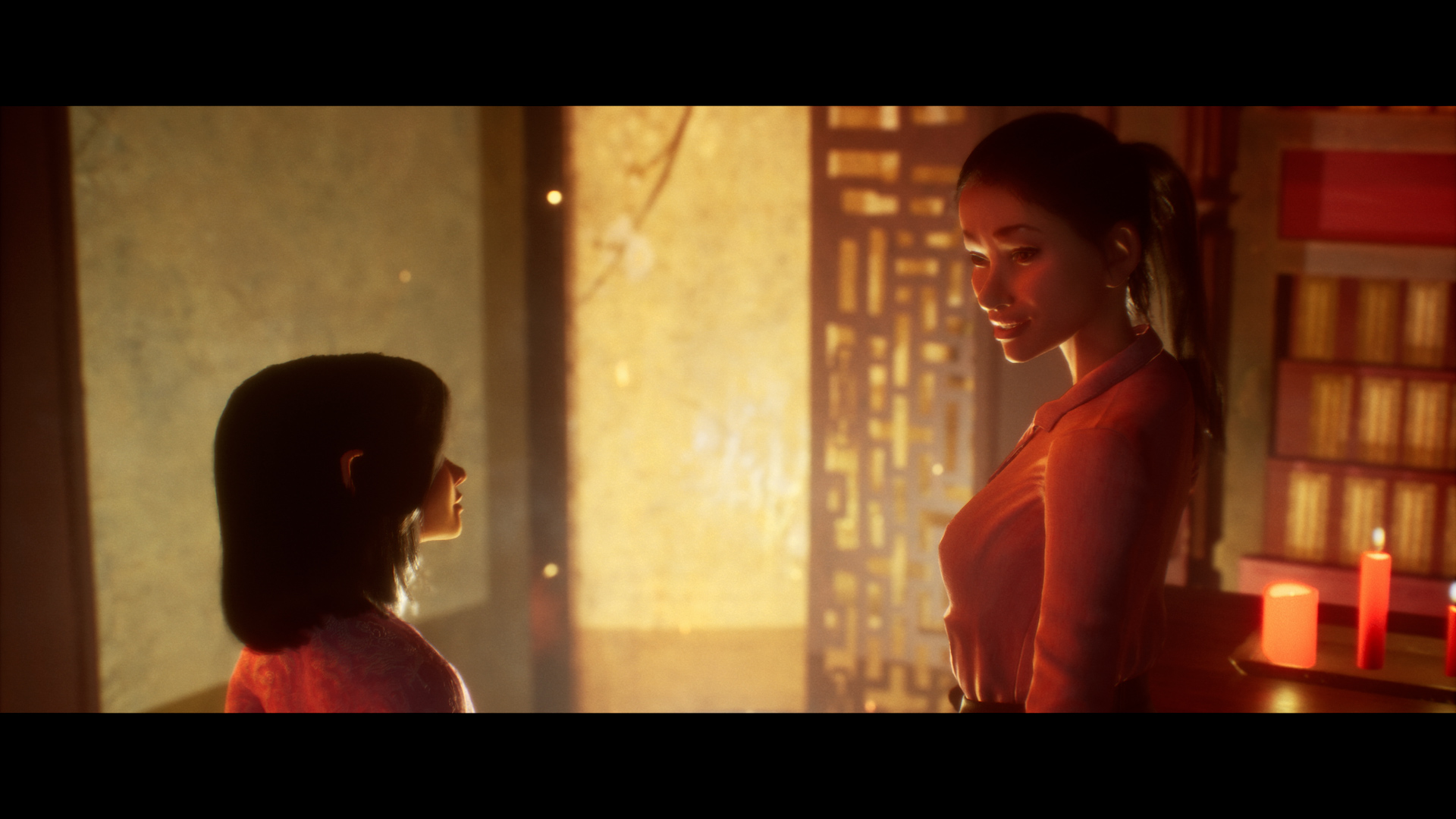
I highly value Reallusion's software, particularly Character Creator (CC) and iClone. These tools have been indispensable in our production process. The streamlined and intuitive approach of building our actors using Character Creator allowed me to have our entire cast prepared within just a few days, a task that would have been previously impossible given my limited 3D skills.
Quick start character creation
With a total of five characters in the story, it was impractical to create each one from scratch. This was particularly challenging as we aimed to incorporate cultural elements and specific designs, making it difficult to find ready-made CG resources that fit the bill.
In particular, during the character-building process, we had a specific vision for our little girl to wear a cheongsam. To our surprise, the Reallusion Content Store offered an extensive selection from various artists, allowing us to find one that suited our needs perfectly. With just a few adjustments in Photoshop to enhance the colors, the dress seamlessly applied to the character with minimal editing required.
Unreal Groom System vs iClone’s Card-Based Hair
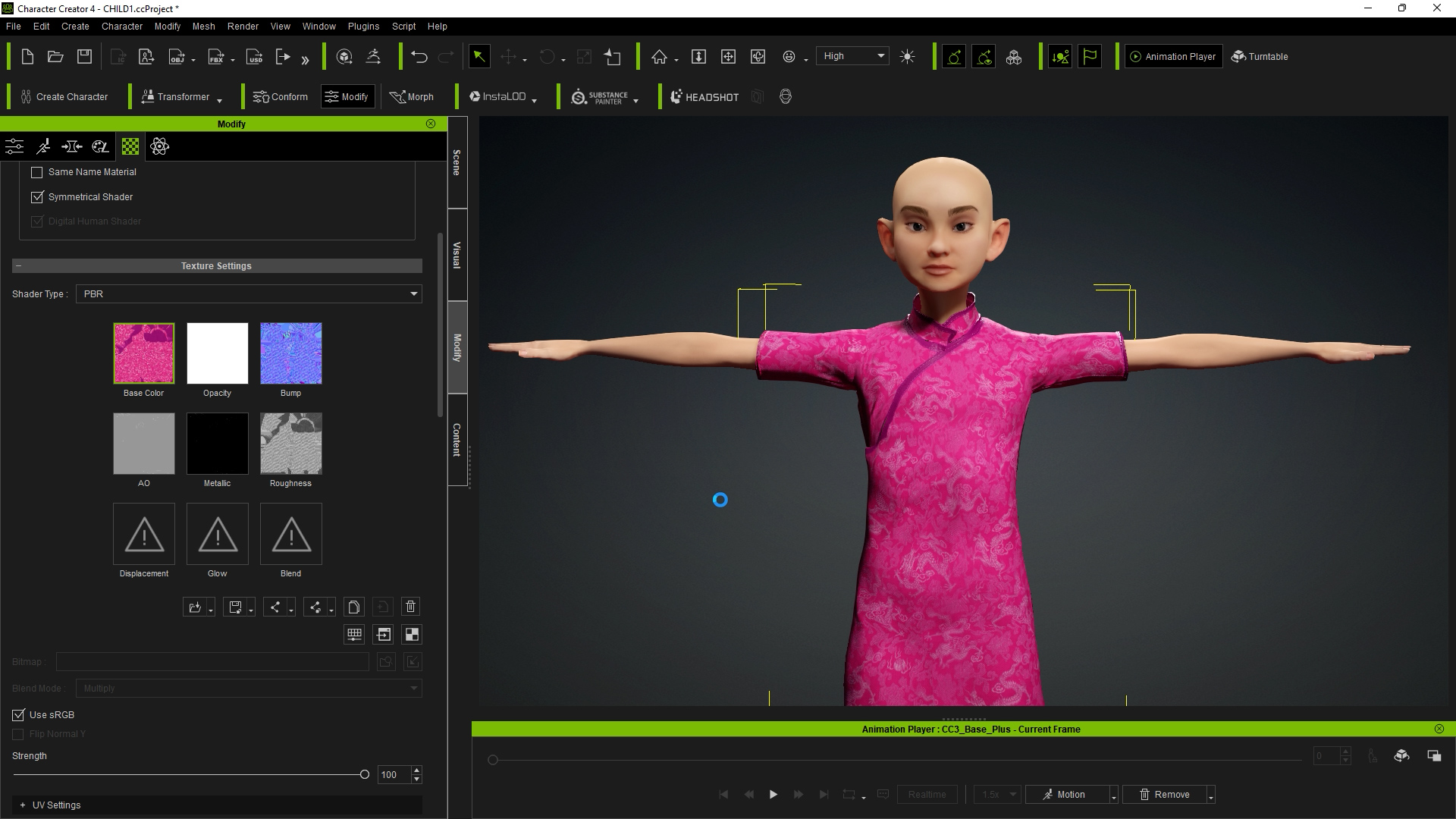
To give my little girl character hair in CC, I initially attempted to create separate groom hair for her in Unreal Engine. While grooms can offer visually stunning and dynamically simulated hair, they can be resource-intensive and occasionally yield unpredictable lighting results. I may also have gotten carried away with the hair physics, as I had just discovered their exciting capabilities.
However, if I were to approach the process again, I would consider leveraging CC hair cards to a greater extent. These hair cards can yield similar results while significantly reducing the processor load. Interestingly, all of the characters with short hair in this film utilised hair cards from Smart Hair Systems, and they performed exceptionally well. I have also recently experimented with the new hair builder pack, and I am delighted with the outcomes it has produced.
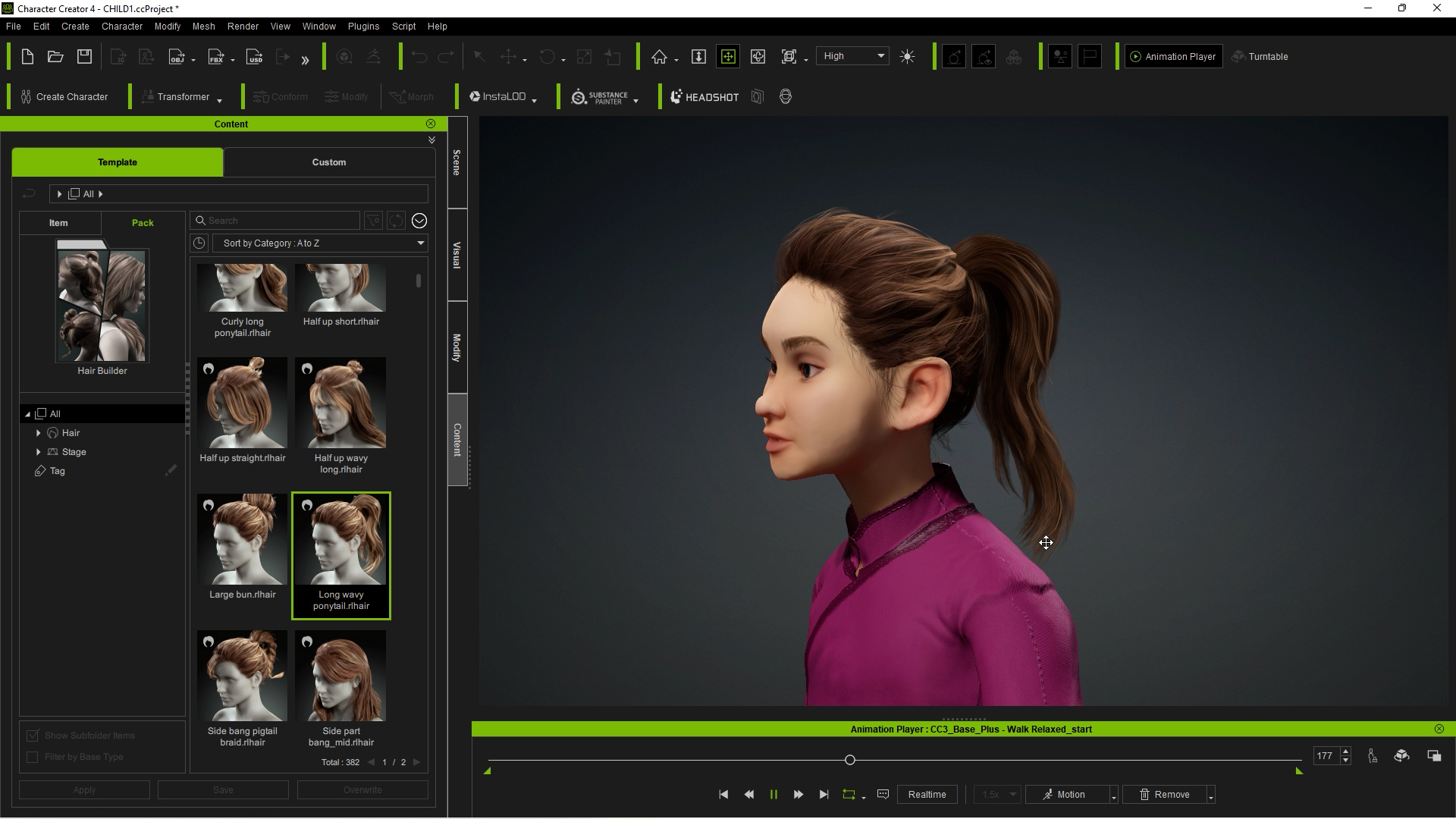
Finally, the CC Auto Setup Plugin allowed me to import these characters into Unreal with all their textures and costumes intact, the realistic shader look is ready for closeups.
Creating authentic character animations
In this short film, extensive dialogue and character interactions play a significant role. The animation requirements to support the storyline were daunting, but the following is my account of how me and my team managed to accomplish it within 90 days.
Animating dialogues in multiple languages
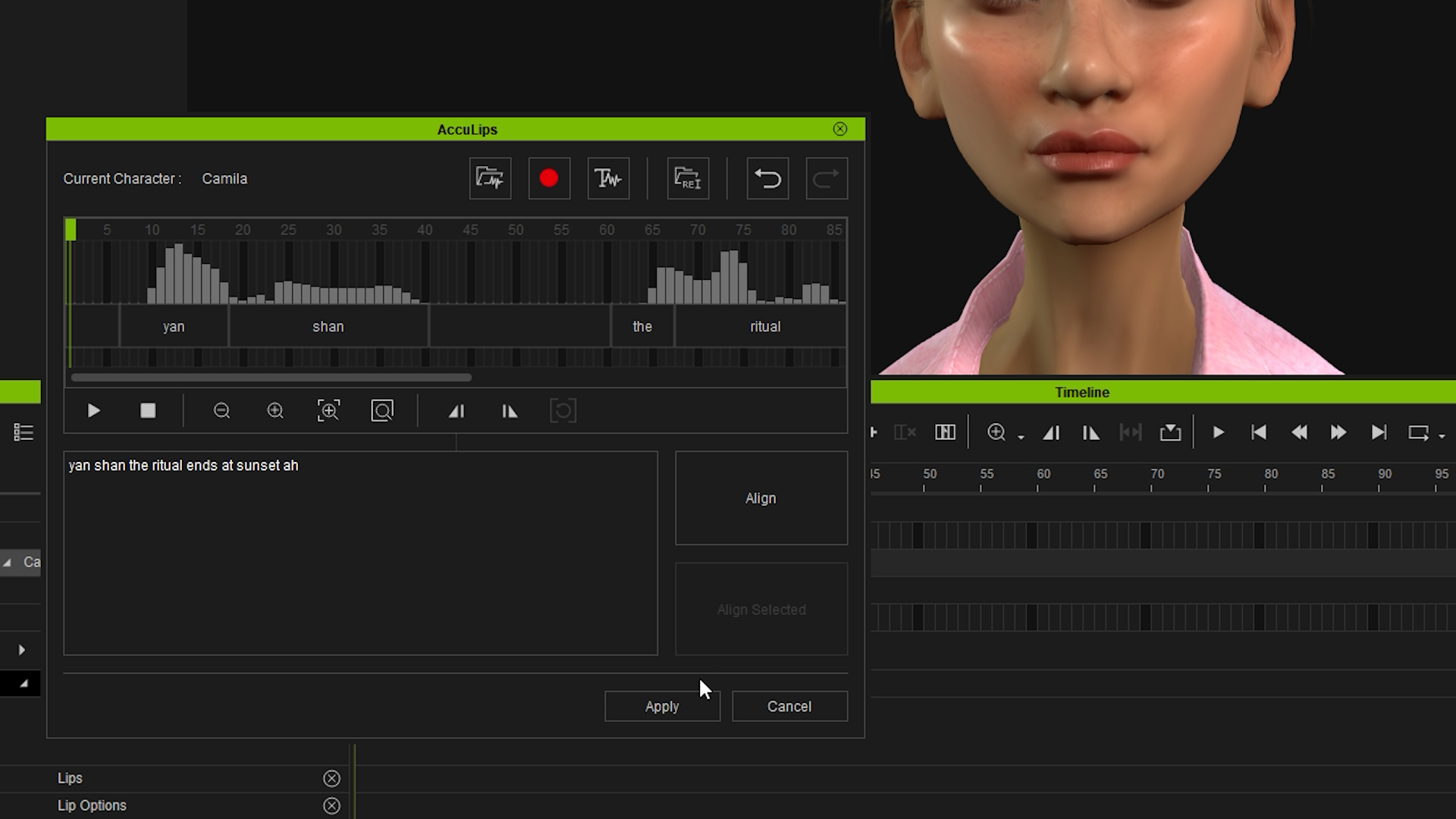
As brilliant as CC was, the real lifesaver for this dialogue‐heavy short film was the AccuLips feature in iClone. Not only did our film have a lot of dialogue, but it was also spoken in four separate languages, and the AccuLips tool worked brilliantly for all of them.
Non‐Chinese speakers could simply type in what the words phonetically sounded like, and the results speak for themselves. Once again, the Reallusion software made the impossible possible.
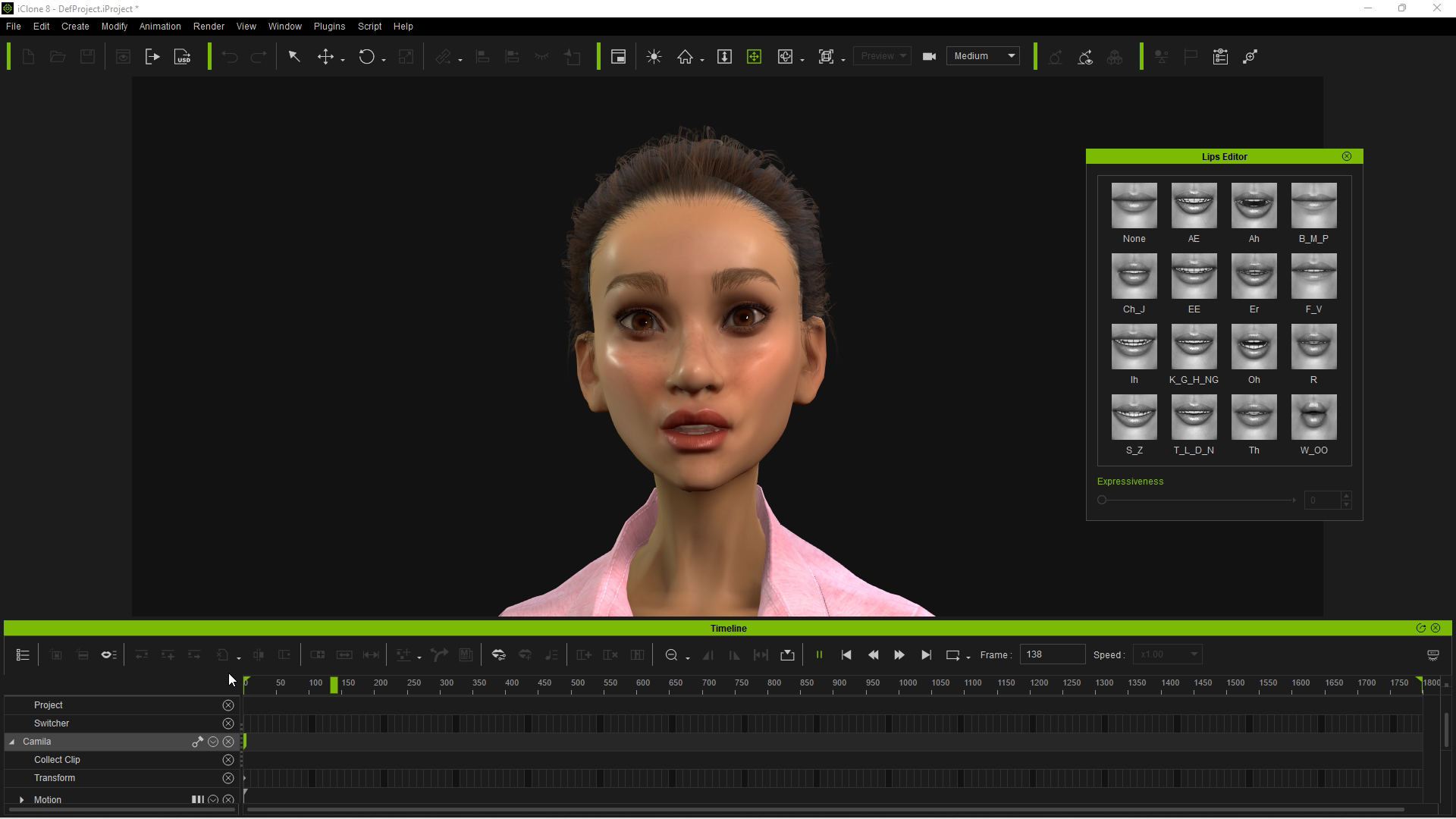
Additional lip sync animation tweaks can be made in the intuitive user interface.
Making realistic facial performances
Extra add‐ons tools and content, such as the Digital Soul collection of motion‐captured expressions served as excellent base animations, which could then be enhanced through the easy-to-use and very fun face puppet tool. I have also since started capturing facial performances through the iPhone, which also works extremely well.
There is a bunch of stuff that I would do differently on this film now, due to both Reallusion coming out with cool new features that weren't available at the time, or me simply not knowing about a feature and only discovering it afterwards. The coolest of the cool new features is the Dynamic Wrinkle pack, which adds so much more subtle expression to characters than was available before.
Walking hand in hand
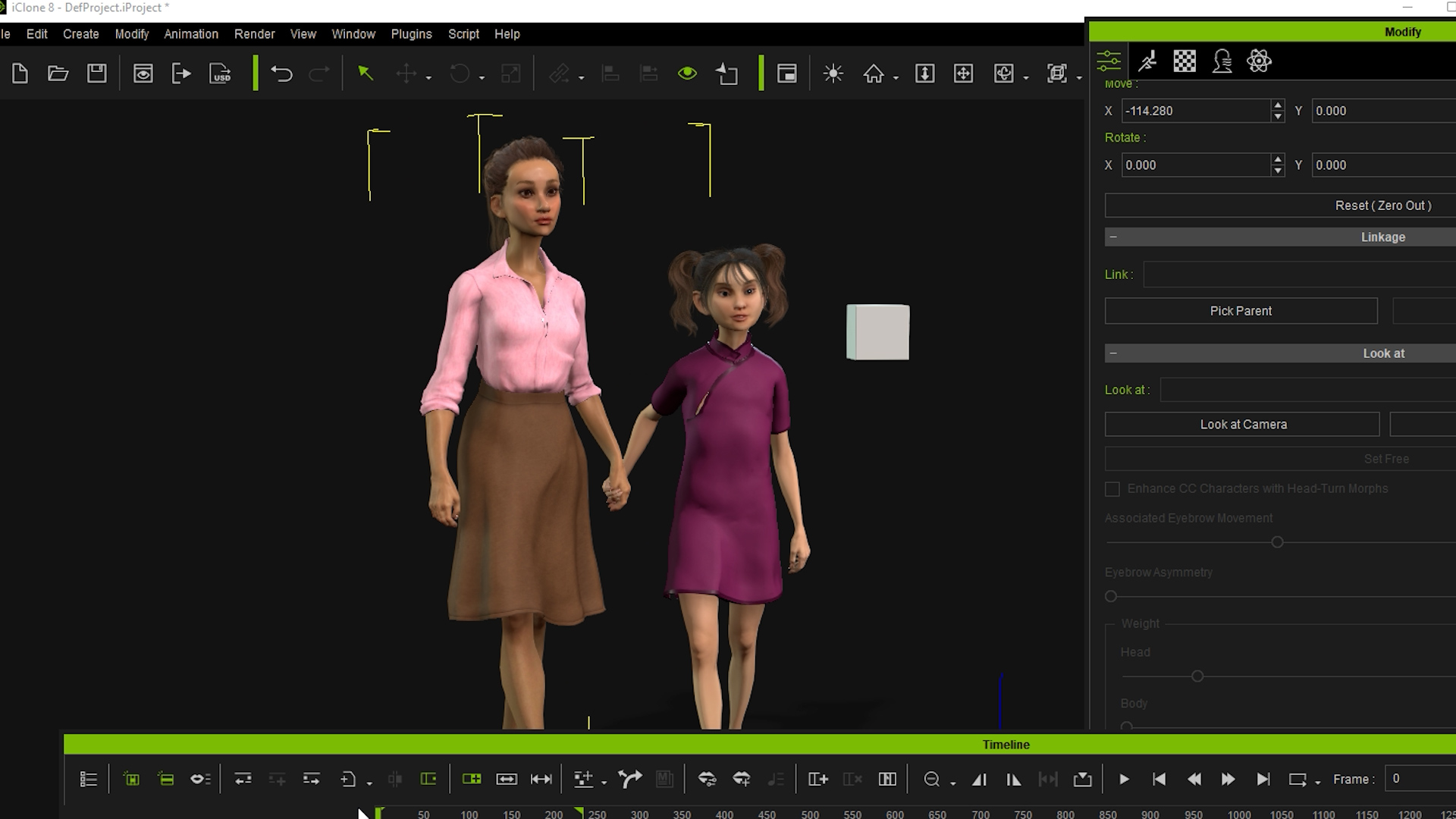
An example of me only discovering a solution to a problem after the film was finished was this shot of our characters holding hands while walking. I spent ages keyframing pretty much every hand position in Unreal, and I still wasn't happy with the finished product. Only afterwards did I discover the reach target tool. This allowed me to lock one characters hand onto another, and made that entire sequence a breeze.
This, combined with the look at feature which I also discovered later, are invaluable tools for streamlining and enriching the animation process, and I will certainly be making more use of them moving forward.
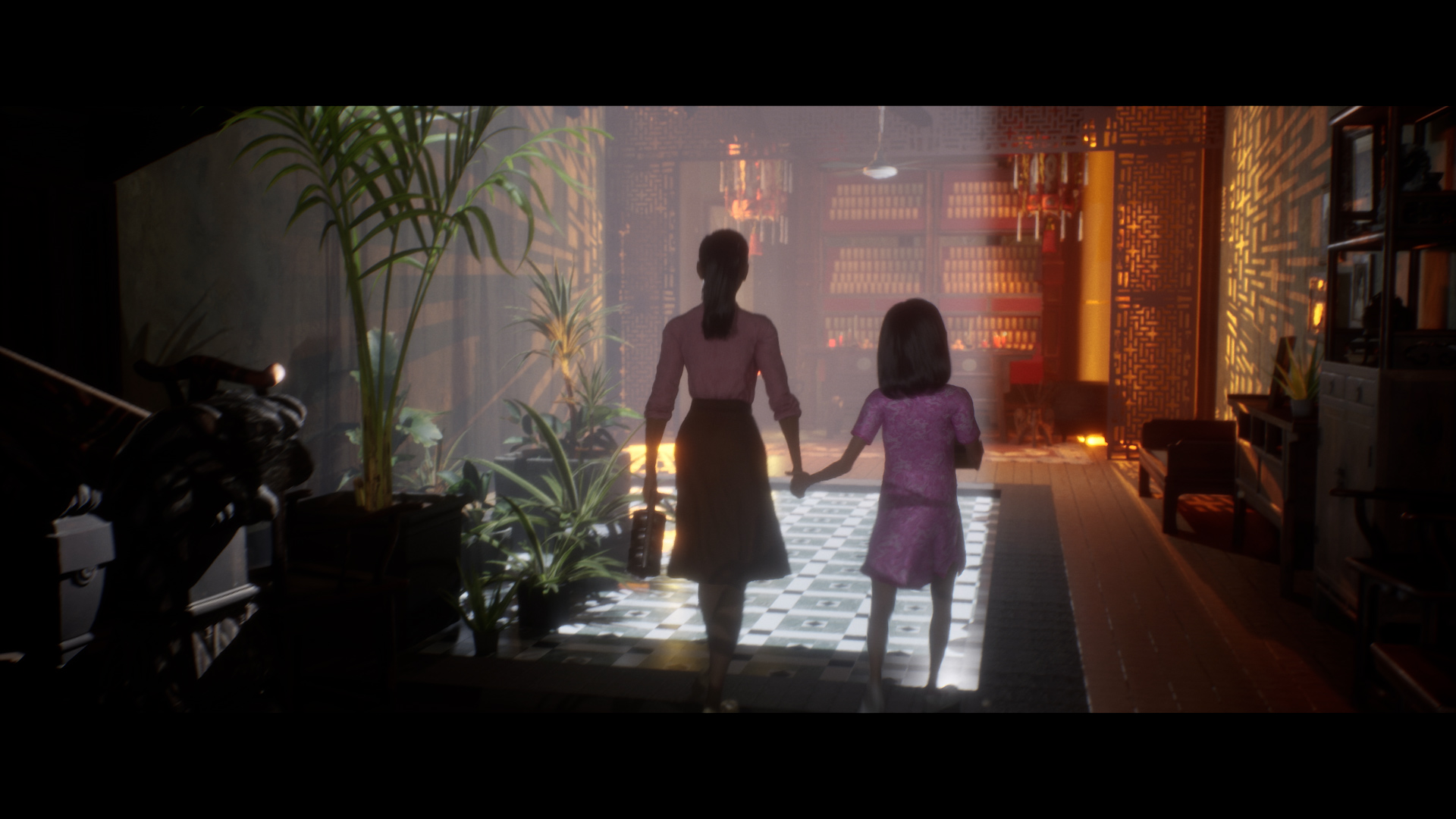
As a person who fully admits to being stronger creatively than technically, I’ve found the Reallusion software packages really suit my way of working. They are simple to get your head around, intuitive in the way they work, and most importantly, fun. I look forward to using them again with all their newest features for our next short film.
To find out more, visit Peter Haynes or watch an iClone lip-sync animation.
Get 36 free iClone tutorials for optimised animation editing and enhance your character’s realism with the Dynamic Wrinkle System in Character Creator.
Daily design news, reviews, how-tos and more, as picked by the editors.

The Creative Bloq team is made up of a group of art and design enthusiasts, and has changed and evolved since Creative Bloq began back in 2012. The current website team consists of eight full-time members of staff: Editor Georgia Coggan, Deputy Editor Rosie Hilder, Ecommerce Editor Beren Neale, Senior News Editor Daniel Piper, Editor, Digital Art and 3D Ian Dean, Tech Reviews Editor Erlingur Einarsson, Ecommerce Writer Beth Nicholls and Staff Writer Natalie Fear, as well as a roster of freelancers from around the world. The ImagineFX magazine team also pitch in, ensuring that content from leading digital art publication ImagineFX is represented on Creative Bloq.
